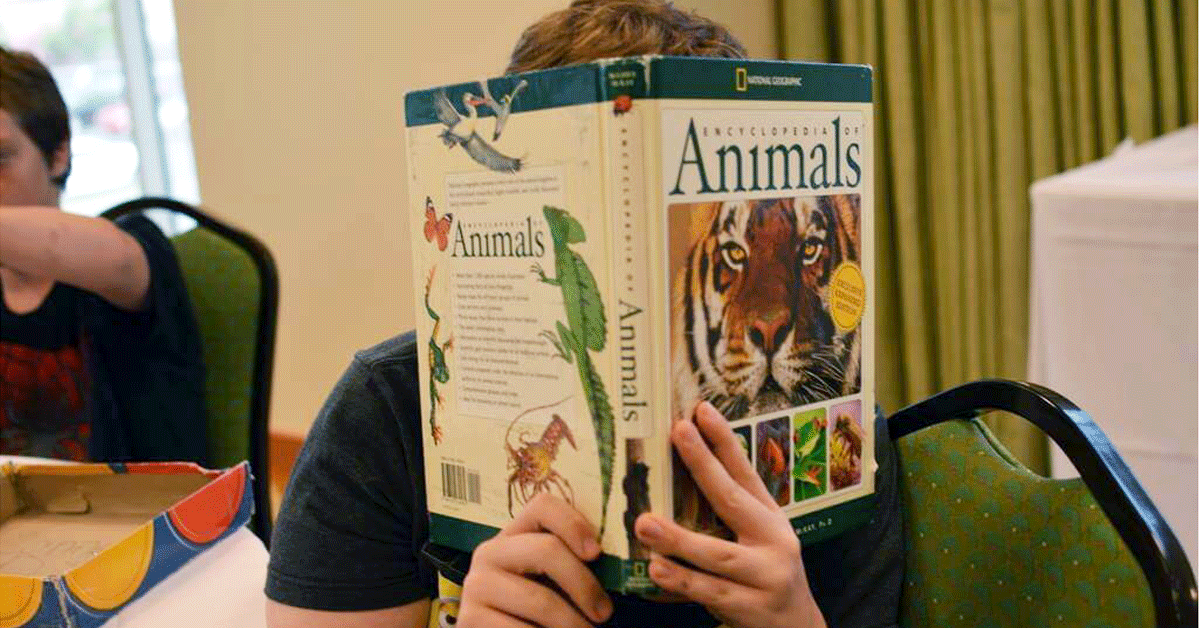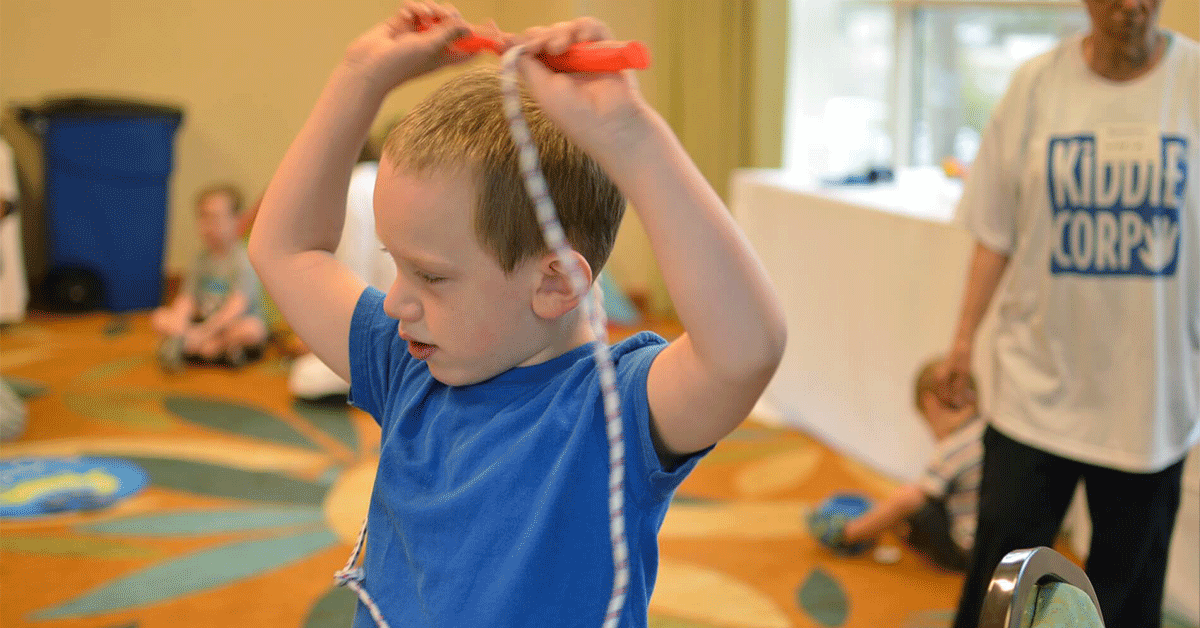“Jeff, what did you do at school today?”
“Did Mrs. Miller give you any homework?”
“Where’s your lunchbox?”
“Did you talk nicely in speech therapy?”
Does any of the above sound familiar? To us, it sounds like the typical series of questions parents ask their children at the end of most every school day.
How does your child respond to these questions? Children with Fragile X syndrome will most likely not respond to them directly, but may instead respond with one of the following:
- Avoid all eye contact and walk away.
- Start talking about their favorite cooking show on TV.
- Answer the last question asked with a simple yes or no.
- Repeat the most relevant word in the last question, “Speech? Speech therapy, not today … not going!”
Parents usually ask their children questions to get information or to simply engage them in conversation. In the case of a child with FXS, asking direct questions is the least likely way to accomplish either of these goals.
Interestingly, it’s not that different at Developmental FX, where the end of the day often sounds like this:
“Mouse, where are you going? Are you leaving early? Are you going to work on your garden? Can you get me that report before you leave?”
It turns out that direct questions don’t work well with Mouse either!
Direct questions are typically the way we try to engage people in conversation. For children with FXS, we need to learn other strategies. It is critical to understand why it is so difficult for children with FXS to understand and respond to these questions, before we get to the how of getting answers.
Why It’s So Difficult
It has been well documented that individuals with FXS often experience a hyperarousal response to direct social interaction. (Hyperarousal is the clinical term for: Get all flustered and probably red in the face.)
In addition, their difficulties with working memory make it difficult for them to hold the questions in mind long enough to consider them, formulate a response, and act on that response. Combine these two conditions and you have the perfect scenario for not answering a direct question!
So then, how do we find out where Mouse is going at the end of the day, or if Mrs. Miller gave your child any homework?
How to Get Answers
These tried-and-true strategies provide the how for getting information and fostering simple conversation.
- Use a fill-in-the-blank (cloze) format. As you verbalize the following short phrase, your voice should be leading and expectant: “Your lunchbox is _______”
- Make statements … not questions. Talk about what your child is doing or has just done. Be the narrator for your child’s life events. For example, when driving home from school together, you could remark, “You brought home some papers today,” or “You have a smile on your face, what a great day you must have had,” or “I can’t wait to hear about your trip to the zoo!”
- Use self-commenting about your day as a model for your child to follow: “I’m so excited about my day! I saw some puppies at the park, and I ate my lunch with a friend.”
- Soften your gaze when attempting an interaction in order to minimize hyperarousal.
- Use a physical prop or visual aid to support the context of your comments. For example, hold up the visual schedule of the day and make a comment while pointing to a particular picture on the schedule. While emptying your child’s backpack, hold up a specific item (Tupperware container) and remark, “Oh, your sandwich must’ve been deeelishhh today!”
- Movement activities will help facilitate language expression. If you want to have a conversation, try it while going for a walk, jumping on the trampoline, or while swinging at the park. This is one of the reasons we often pair occupational and speech therapy, because movement promotes talking!
- Remember: Do not try to have a conversation or get information during a transition. This is the hardest time to establish a flow of language. Rather, use routines to ease the transition, then after you are settled in, use one or a combination of the strategies listed to spark conversation.
Have these suggestions been helpful? How will you use them? Will you share them with your school? Will they work with Mouse?
Oops! Too many direct questions. Instead, we’ll make a comment.
These great suggestions could be used in a variety of situations. We hope they are helpful and that you’ll share them with _______!






